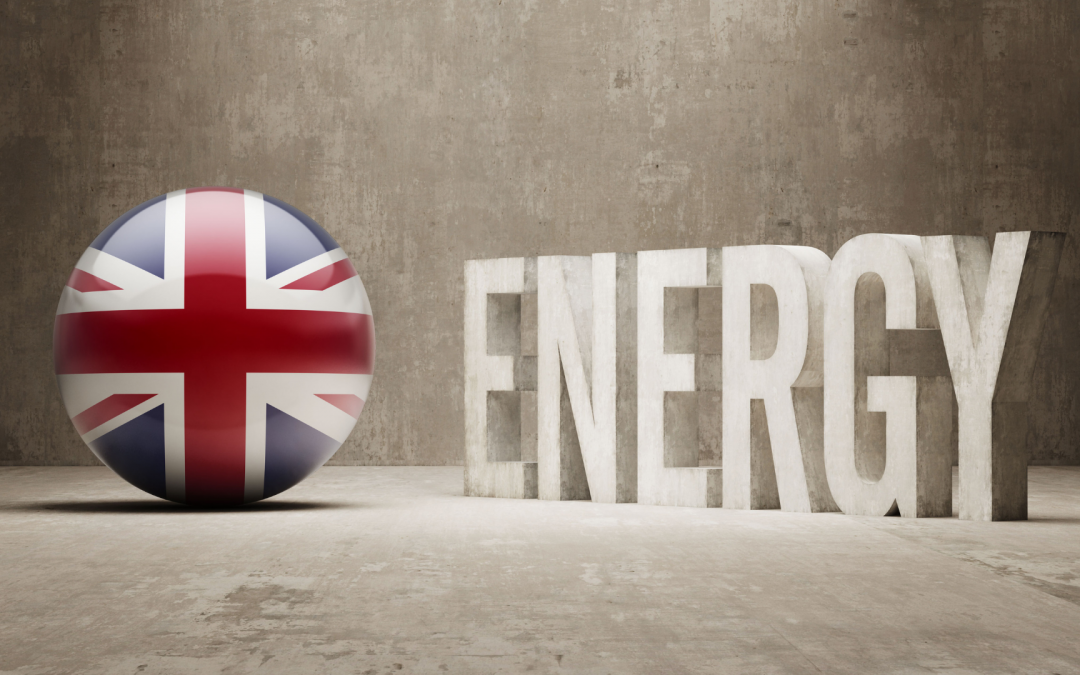There are around 40,000 churches in the United Kingdom.
If you’re a churchgoing British person, you may have noticed that churches are a common feature of the UK landscape. There are around 40,000 churches in the United Kingdom—and some of them are huge.
Churches can take up a huge amount of space—especially if they were built before modern technology came along to help with energy efficiency. Churches often have large windows, which let in lots of natural light during the day but require artificial lighting at night (when people want to visit them). Many churches also contain stained glass windows and other decorative features that need lights on all or most days.
In short: churches use a lot of energy!
The average age of heating systems in churches is 15 years old and over half of churches have a system older than 20.
With an average age of heating systems in churches being 15 years old and over half of churches having a system older than 20, it is clear that many churches need to be heated. In addition, with energy bills rising and the cost of heating a church increasing as well.
It is important to ensure that your church is warm enough for your congregation during services but also make sure you are not wasting money by paying too much to heat your building while empty or unoccupied during the week.
Churches can save money on their energy bills by installing LED lighting systems and using smart thermostats.
- LED lighting is more efficient than other types of lighting. This means that you’ll save money on your energy bills by switching from old, inefficient bulbs to LEDs.
- LED lights last longer than other types of lights—they’re rated to last 30 times longer than incandescent and fluorescent bulbs, which means less maintenance costs for you.
- LED lights are more cost-effective in the long run because they require less replacement over the course of their lifespan, reducing waste and disposal costs for disposal companies.
- They’re also environmentally friendly because they don’t contain mercury as do CFLs or halogens; they’re safer for workers who install them because there’s no risk that mercury will be released into groundwater which could contaminate local water supplies like what happened at Camp Lejeune Marine Base when it was discovered that contaminated groundwater was leaking into its drinking water supply after being used in cooling towers built in the 1950s through early 1980s (source: “Water contamination at Camp Lejeune Marine Base,” Wikipedia).
Conclusion
Churches are in a unique position to use their resources wisely and be more energy-efficient. The lights in your church will last longer if you invest in LED bulbs, fixtures and lamps. At the same time, they will also save money on their utility bills. You can also use smart thermostats to help further reduce energy costs around your church facility by using sensors that adjust temperature settings based on the occupancy levels inside rooms nearby or within other sections of the building (like when people leave after worship services). This way lighting can automatically turn off without any human intervention needed! It’s clear that investing now will pay dividends for years down the road.



Recent Comments